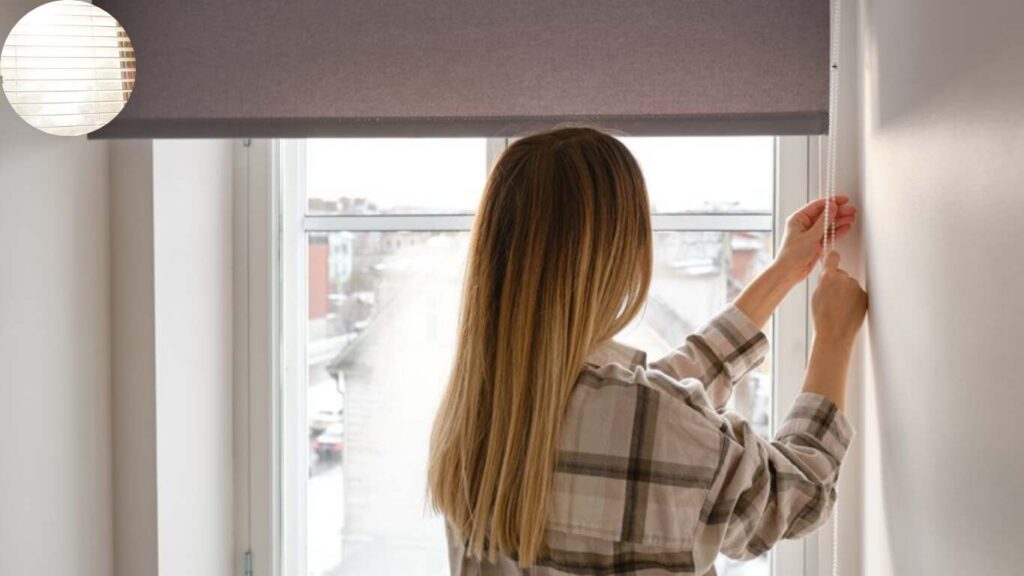Keeping your home cool during scorching summer can feel like a constant battle. With rising energy costs and environmental concerns, many seek simple, effective solutions to beat the heat. A common question arises amid this quest: “Does keeping your blinds closed keep the house cooler?”
| Condition | Blinds Open | Blinds Closed |
|---|---|---|
| Hot Day (Sun Out) | Sunlight enters, heats up the room | Blocks sunlight, reduces indoor temperature |
| Cooler Outside | Can open for ventilation | Less relevant; may open for fresh air |
| Nighttime (Cooler) | Open to let cool air in | Not needed for cooling; may keep closed for privacy |
| Type of Blinds | Minimal effect | Reflective or thermal blinds most effective |
| Energy Efficiency | AC/fans work harder | AC/fans work more efficiently |
| Best Practice | Open at night, closed during the day | Closed during hottest part of day |
In this detailed guide, we’ll explore the science behind heat gain, how blinds influence indoor temperatures, and practical tips to maximize their cooling benefits. We’ll also answer frequently asked questions, debunk myths, and share actionable steps to create a cooler, energy-efficient home.
The Science Behind Heat Gain in Homes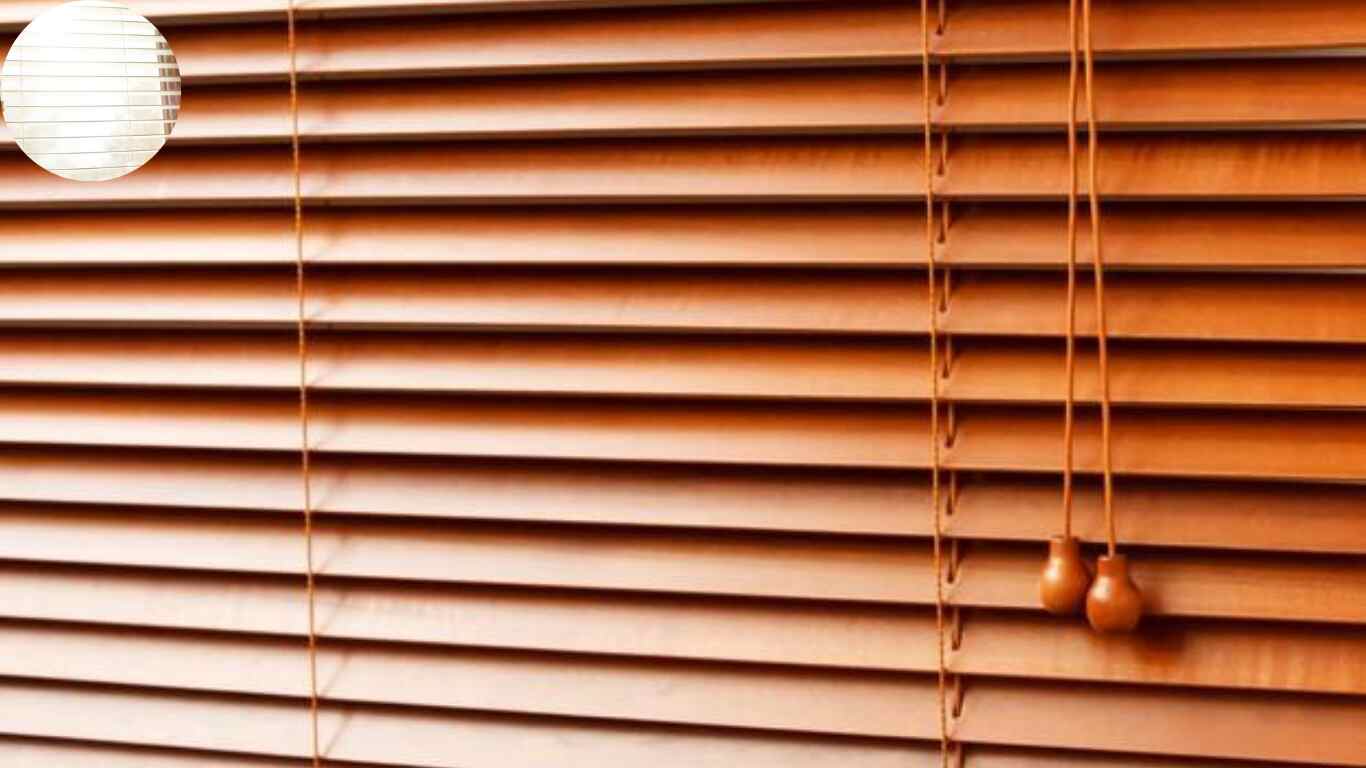
To understand how blinds help, knowing how heat enters your home is important. Let’s break it down:
How Sunlight Heats Your Home
When sunlight streams through windows, it carries solar radiation. This light energy converts into heat upon hitting surfaces like floors, walls, and furniture. The result? A warmer indoor environment.
The Greenhouse Effect
Glass windows magnify this effect. They trap heat inside your home, similar to how a greenhouse works. This is why rooms with large, uncovered windows feel like ovens on sunny days.
The Role of Window Orientation
The direction your windows face also plays a significant role:
- East-facing windows catch the morning sun.
- West-facing windows absorb heat during the afternoon.
- South-facing windows in the northern hemisphere receive sunlight throughout the day.
Understanding the science of heat gain helps us appreciate how effective blinds can be in reducing indoor temperatures.
How Blinds Influence Indoor Temperature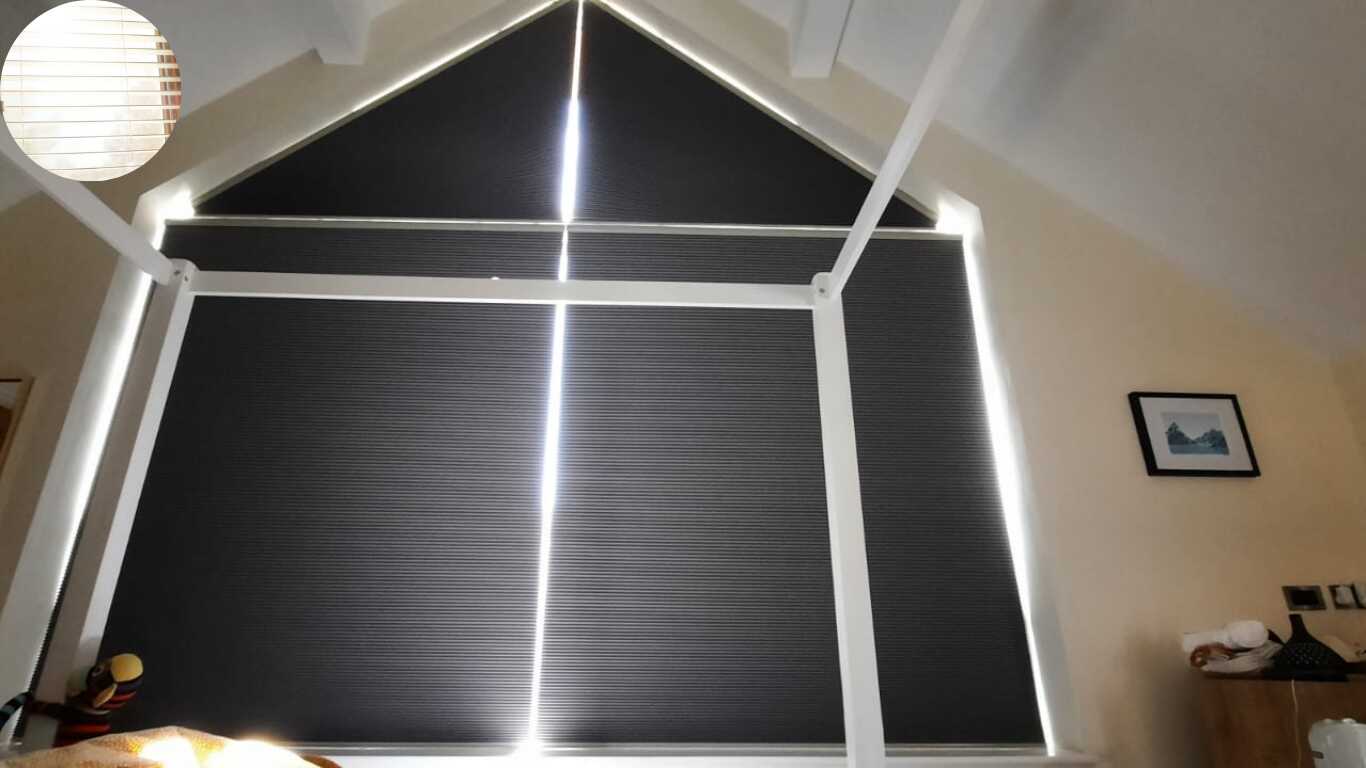
Blinds act as a barrier between sunlight and your interiors, minimizing the heat entering your home. But how exactly does this work?
You may also read(house color schemes interior)
Blocking Sunlight and Heat
When you close your blinds, they prevent direct sunlight from entering your home. This reduces the intensity of solar radiation and keeps surfaces from absorbing heat.
Reducing Energy Transfer
There are three main ways heat moves through your windows:
- Conduction: Heat passes through solid materials, like the glass in your windows.
- Convection: Warm air circulates inside your home, raising the temperature.
- Radiation: Sunlight directly heats objects inside your home.
Blinds reduce these processes by acting as an insulating layer, slowing down energy transfer.
Does Keeping Your Blinds Closed Keep House Cooler?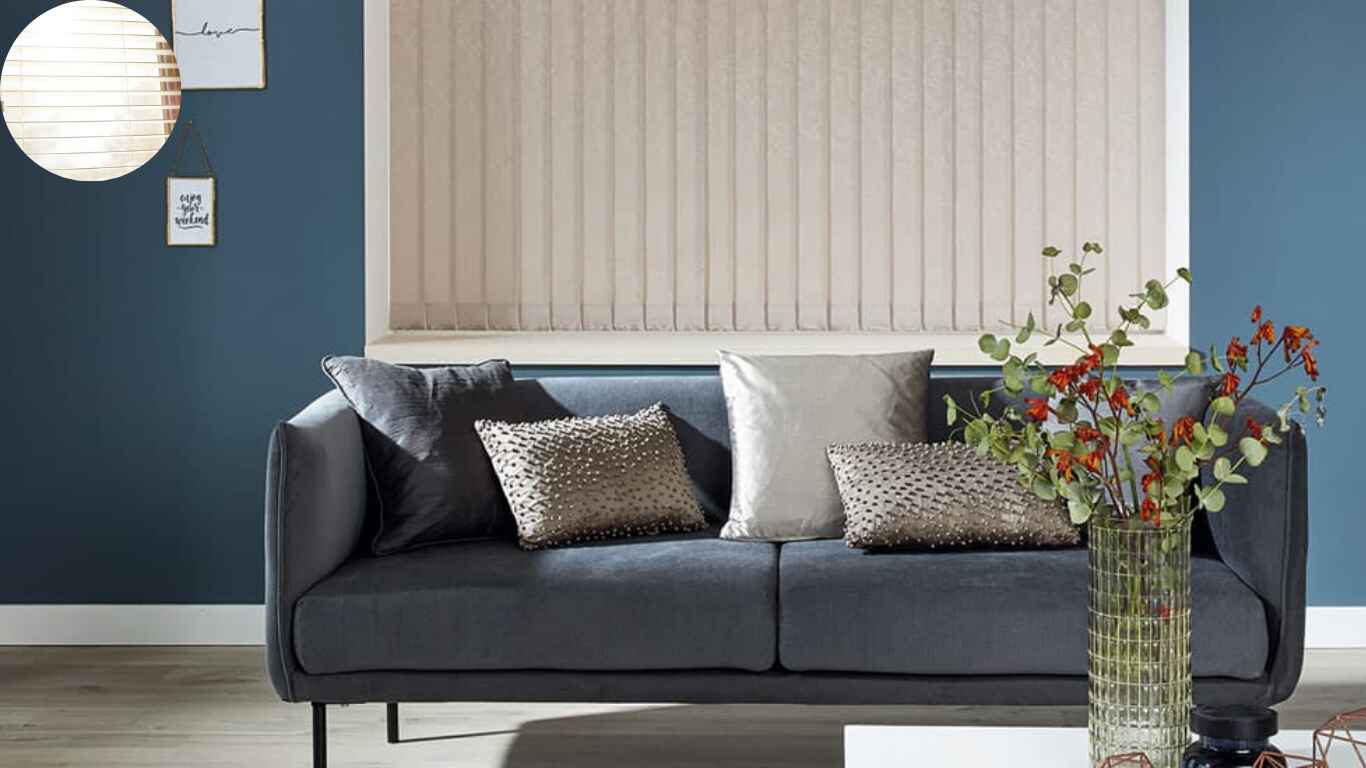
Now, to answer the big question: does keeping your blinds closed keep the house cooler? The simple answer is yes! But let’s dive into the details.
How Blinds Keep Homes Cooler
By blocking sunlight and reducing heat gain, closed blinds can lower room temperatures significantly. Studies show that insulating blinds can reduce heat entry by up to 45%. This makes a noticeable difference, especially during peak summer months.
When Blinds Are Most Effective
- Close blinds during the hottest parts of the day (usually between 10 AM and 4 PM).
- Focus on windows that face direct sunlight (south- and west-facing windows in particular).
What the Experts Say
Research from institutions like Loughborough University confirms that window coverings, including blinds, are a cost-effective way to improve indoor comfort and reduce the need for air conditioning.
Types of Blinds and Their Cooling Effectiveness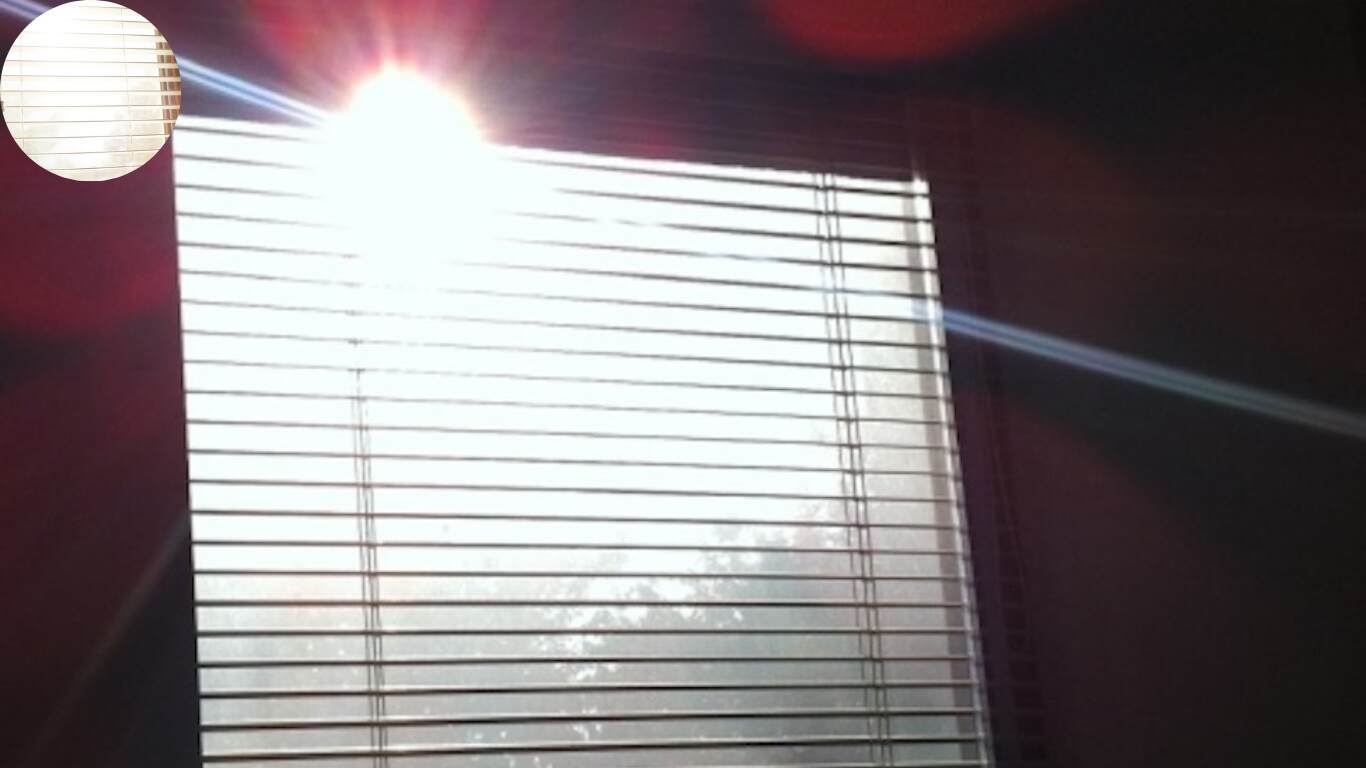
Not all blinds are created equal. Some are better at keeping heat out than others. Let’s compare their effectiveness in the table below:
Type of BlindCooling EffectivenessInsulation ValueBest Use Case
Blackout Blinds High High Bedrooms, direct sunlight
Honeycomb/Cellular Blinds Very High Very High Living rooms, large windows
Roller Blinds Moderate Moderate Offices, kitchens
Venetian/Slatted Blinds Adjustable Low-Moderate Spaces needing ventilation
Reflective/Light-Colored Blinds High High Sun-facing rooms
Why Certain Blinds Are More Effective
- Material: Thicker materials block more heat.
- Design: Honeycomb designs trap air, creating insulation.
- Color: Light-colored blinds reflect sunlight, reducing heat absorption.
Practical Tips: Maximizing the Cooling Benefits of Blinds
To get the most out of your blinds, follow these simple yet effective tips:
- Close Blinds During Peak Sunlight Hours
- Keep blinds shut when the sun is strongest to minimize heat gain.
- Use Reflective or Light-Colored Blinds
- Choose blinds that reflect sunlight instead of absorbing it.
- Layer Blinds with Curtains
- Adding a layer of curtains provides extra insulation.
- Open Blinds at Night
- Open your blinds once the sun goes down to let cooler air circulate.
- Adjust Slats for Ventilation
- With Venetian or slatted blinds, tilt the slats to block sunlight while maintaining airflow.
Blinds vs. Other Cooling Methods
How do blinds compare to other cooling strategies? Here’s a quick comparison:
Cooling MethodCostEffectivenessEnergy UseMaintenanceEnvironmental Impact
Closed Blinds Low Moderate-High None Low Positive
Curtains Low Moderate None Low Positive
Window Films Medium Moderate None Low Positive
Air Conditioning High Very High High Moderate Negative
Fans Low Low-Moderate Low Low Neutral
Combine blinds with other methods like fans or nighttime ventilation for best results.
Additional Benefits of Keeping Blinds Closed
Aside from cooling your home, closed blinds offer other advantages:
- Privacy: They prevent people from seeing into your home.
- UV Protection: Blinds block harmful UV rays, preventing furniture and flooring from fading.
- Glare Reduction: Closed blinds minimize screen glare on electronics.
- Winter Insulation: They help retain heat during colder months.
Common Myths and Misconceptions
Let’s debunk some popular myths about blinds:
- Myth: “Blinds only provide privacy, not temperature control.”
- Reality: Blinds play a critical role in reducing heat gain.
- Myth: “All blinds work the same.”
- Reality: The effectiveness of blinds depends on their material, color, and usage.
Frequently Asked Questions
Q: Should I keep the blinds closed all day?
A: No, only during peak sunlight hours. Open them at night to let cooler air in.
Q: Do blinds work better than curtains for cooling?
A: It depends on the material. Layering blinds with curtains provides the best results.
Q: Can smart blinds help regulate temperature automatically?
A: Yes! Smart blinds can adjust based on sunlight levels, improving efficiency.
Step-by-Step Guide: Setting Up Your Home for Maximum Cooling
- Identify Sun-Facing Windows
- Focus on south- and west-facing windows.
- Choose the Right Blinds
- Select blinds that suit your climate and room needs.
- Set a Daily Routine
- Close the blinds during the day and open them at night.
- Combine with Ventilation
- Use fans or open windows at night for better airflow.
- Monitor Temperatures
- Track indoor temperatures and adjust your routine as needed.
Environmental and Financial Benefits
By reducing heat gain, blinds can:
- Lower energy bills by reducing air conditioning usage.
- Decrease your home’s carbon footprint.
- Protect your furniture and floors from sun damage, saving money in the long run.
Conclusion
So, does keeping your blinds closed keep the house cooler? Absolutely! When used strategically, blinds are a simple, cost-effective, and eco-friendly solution to reduce indoor temperatures. You can create a comfortable and energy-efficient home by choosing the right blinds, setting a routine, and combining them with other cooling methods.
You may also read(dont worry darling house interior)
